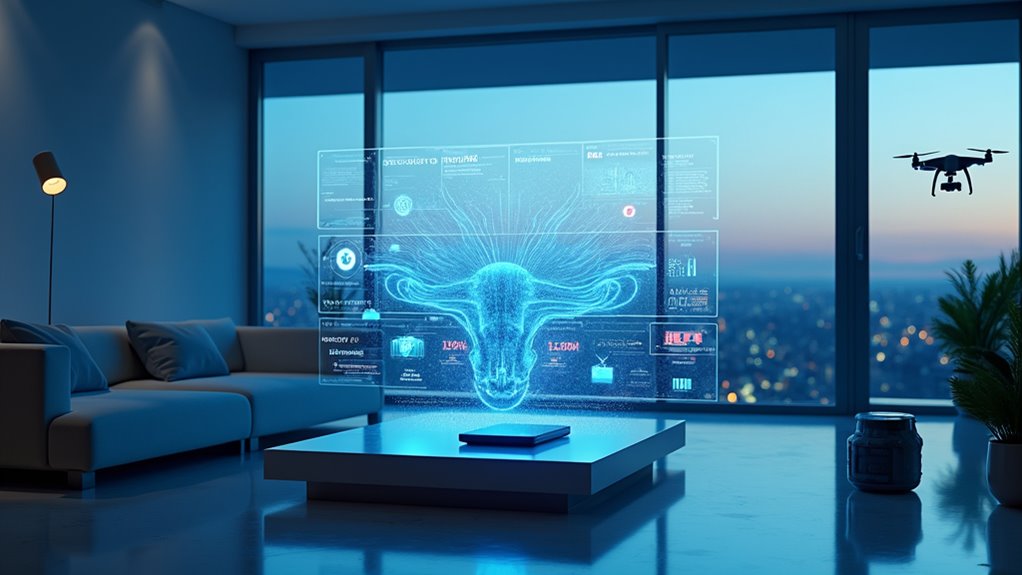Getting the most from ChatGPT isn't rocket science – it's all about being crystal clear and specific. Users who provide detailed context, break down complex questions, and use structured prompts consistently receive better responses. The AI performs best with straightforward communication and iterative refinement of queries. Smart formatting, clear objectives, and strategic follow-up questions make a huge difference. There's a whole world of advanced techniques waiting to access ChatGPT's full potential.

Mastering ChatGPT isn't rocket science – but it does require some serious know-how. The real trick lies in being crystal clear with what you want. No beating around the bush. No vague requests. Just straight-up, precise instructions that leave no room for confusion. It's like training a brilliant but literal-minded assistant who takes everything you say at face value. ChatGPT can process up to 4,096 tokens in a single conversation.
Let's face it – context is king. The more background information you provide, the better your results will be. Think of it as giving ChatGPT a roadmap instead of just a destination. And hey, if you want something specific, show an example. It's like teaching someone to dance – sometimes it's easier to demonstrate than explain. Understanding the importance of quality data preprocessing helps ChatGPT generate more accurate and relevant responses.
Smart users know the power of iteration. Start broad, then zero in on what you really want. If ChatGPT serves up something that's not quite right, don't just sit there and complain – refine your prompt. Ask follow-up questions. Push back. The system isn't psychic, but it is adaptable. Sometimes you need to experiment with different phrasings until you hit the sweet spot.
The real pros know how to leverage specialized prompts. They assign specific roles, use delimiters to separate instructions from content, and break complex tasks into manageable chunks. It's not just about asking questions – it's about structuring your interactions for maximum effect.
And yes, sometimes that means getting creative with formatting, keywords, and output specifications. Managing conversations isn't just about asking good questions – it's about keeping track of what's been said. Smart users organize their chat history, delete the fluff, and keep important conversations marked for reference.
They combine ChatGPT with other tools, like APIs for real-time data or browser extensions for voice input. Because at the end of the day, ChatGPT is just one tool in a larger toolkit. And like any tool, its effectiveness depends entirely on how you use it. No magic wands here – just strategic thinking and clear communication.









